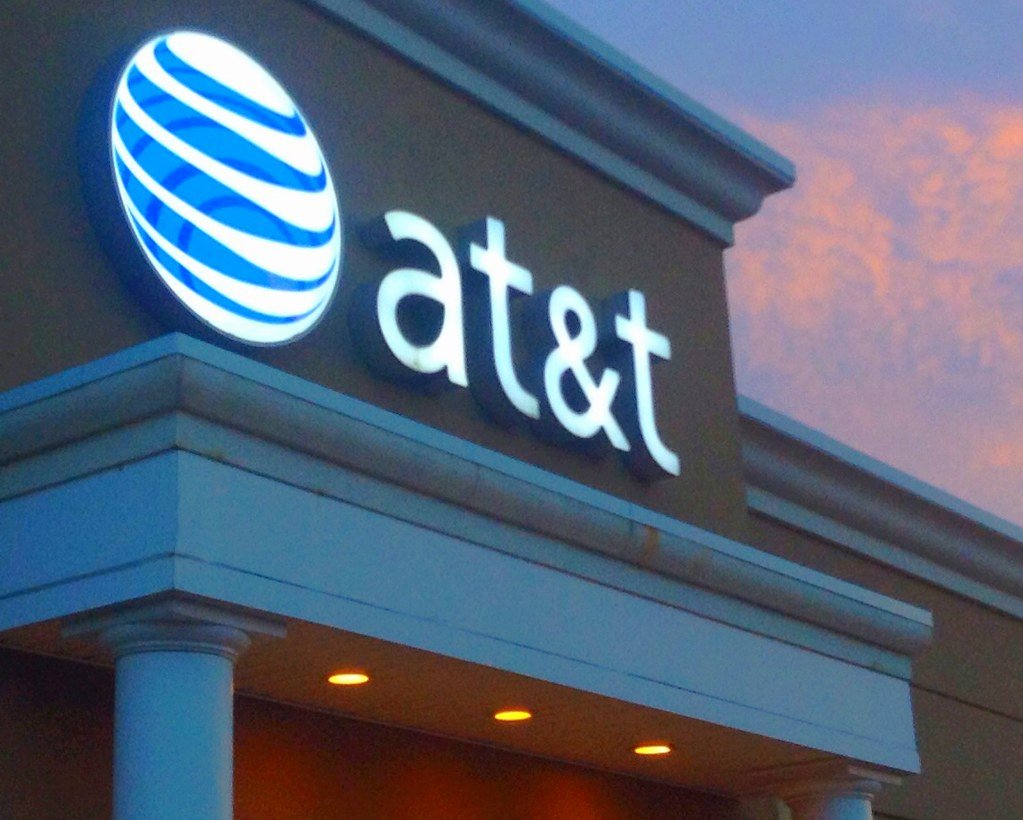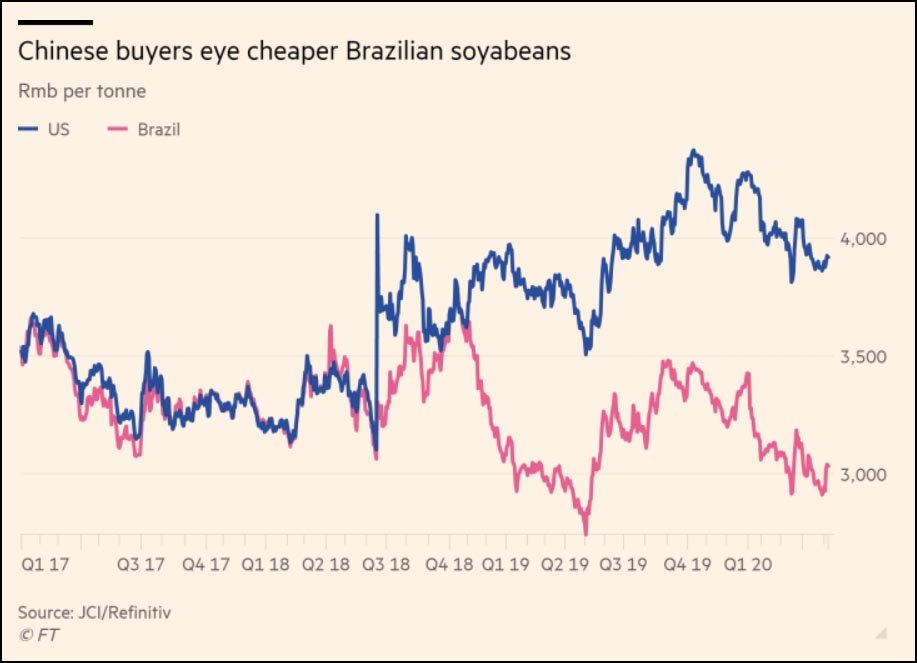For Better or Worse
Key takeaways:
- Long term results come from a discipline process
- Total return = Change in Price + Income
- Trade is becoming even more important
- Increasingly taxes on primary residence is becoming a planning issue
This week we are diving straight into the meat and potatoes. We talk a little about dividend stocks, soybeans and taxes on houses. But first I wanted to talk about perspective; the problem most investment professionals face is the fact that markets don’t track the economy. Asset allocation decisions are based on the economy not off the markets. So, it makes it inherently clear why when the markets go up like they have in the last month we need to stay true to our process now more than ever.
Markets react to perspective not what currently is reality. It’s like when a child comes home from school and says, “only 30% of the class passed the test and oh by the way I got a C-“. Moving the goal post, influences the markets view. So, when companies slashed their outlook by 37% (avg adjusted earnings by S&P 500 companies) and then when earnings do come out just above or at adjusted earning the market reacts positively. Fundamentally the market is not looking for good vs bad, it’s looking for better or worse. And that can send the market in a totally different direction than what seems logical. Just like a teenager prepping their test score with other negative news to change your perspective.

As an investment professional and previous board member of the local CFA Society in San Diego, I have come across many people that have investment ideas. Specifically, I have found that from prospective clients in the last 5 years a focus on high dividend income from blue chip companies remains a crowd favorite. Even when some of these companies have taken on debt to cover their dividends. Today we are going to dive into one of these companies, AT&T, to illustrate that dividends only show one part of the picture. AT&T’s CEO Randall Stephenson recently announced he was stepping down after 13 years as the CEO. During his time, he influenced many changes at AT&T and has seen many mergers and acquisitions like Direct TV and Time Warner. Many people like AT&T as a stock to own only for its dividend, since its last dividend yield was 6.75%.
But as I write this today AT&T stock closed around $31 dollars a share, when Randall took over as CEO the stock price was $39 a share. When you adjust for buybacks its clear change in price can have a bigger impact on overall return than just dividends. Judging companies by their dividend only gives you half the equation in their overall return. In a basic sense is total return = change in price + total income; So looking at total return gives a much better idea of true results. When we look at the dividends that AT&T has paid out over the 13 years that equals roughly 55%. For a total average return of little under 3.5% per year. During the same time period the US bond index or Vanguards Total Bond Market Fund Index has returned investors north of 4.5% per year, and with less risk due to diversification of thousands of bonds. AT&T average dividend was north of 5% for the same time frame. If we just focused on the dividends, we would have ended up with a position that netted a lower overall return. (Source - Marketwatch)
More pressure on US/China trade deal

The US/China trade deal could be critically important in this environment for both countries. A signed deal with tariffs being removed could provide the spark the economy needs to put all this newly printed money into action. Although the Fed prints money the velocity of money is determined by the private markets and a signed trade deal would help push forecasted growth levels up. And force banks to move large cash balances off their books. Soybeans are a big part of US/China trade. In fact, prior to the trade war soybeans accounted for over 65% of all exports to China. In phase one of the trade agreement China pledged to buy $36.5 billion of agricultural products in 2020. That would be $12.5 billion more than in 2017. But year to date China has only bought $3 Billion.
Since the trade war started China started relying on South America agriculture products. Specifically, Brazil where a record soybean harvest coupled with a weakening currency and lower freight rates have made it significantly cheaper than the US. I don’t think that gap is going to close anytime soon. Farmers are looking for some tangible action on trade. Across the US farmers have been hurt by trade and the inability to shift supply chains from bulk restaurant type shipments to grocery store packaging. In fact, I wrote the above section on Thursday night and on Friday we have the US moving to eliminate funding for WHO and special trade treatment for Hong Kong. We don’t know if a trade deal will happen or if China will actually buy the amount, they agreed to in phase 1 but we believe US companies will still stay stronger during these uncertain times. Because of this uncertainty, earlier this year we reduced our exposure to international emerging markets to minimal levels to stay within our portfolio guidelines. That coupled with our overweight in technology and large companies. Within our portfolio 70% of equities or more in large domestic companies.
Housing Capital Gains Tax

The tax law around excluding capital gains tax on the sale of a personal residence has not changed in my whole career. However, the average house price has definitely changed over my career. Specifically, in San Diego I have seen dirt roads which I used to travel on become huge planned communities. Sales on personal residences can be excluded up to $500,000 for married couples and $250,000 for single taxpayers of capital gain if it was your personal residence 2 out of the last 5 years. Before 1997 there were various rules but since 1997 it has always been this fixed amount. There are some exclusions outlined in Publication 523 from the IRS. (IRS - Publication 523)
When the taxpayer relief act of 1997 was signed, the thoughts were to exclude the taxable gains from personal residence. At that time the average house price for example in San Diego county was $197,000. As of 2019 the average house price in San Diego county is a little over $600,000 per Zillow. For most the exclusion amount has become a planning consideration since house values have gone up significantly. As many people in retirement have built up significant equity in their personal residence and have started to push the upper bound or have far excided them it is important to see what type of tax impact this may have.
It becomes harder to downsize when there is a significant tax bill. Or I have frequently heard that my house will cover my long-term care expenses. But it may not be the most tax efficient way of paying for care and there are many other planning considerations you have to look at. For example, if you are charitable inclined a portion of the ownership maybe transferred into a Donor Advised fund removing some capital gains and giving you a tax deduction. Both Fidelity and Schwab can have fractional ownership in non-publicly traded real estate. Or if it is a house that you would like to stay in your family a Qualified Personal Residence Trust (QPRT) may make sense with interest’s rates as low as they are now and favorable valuations methods.
As life changes you may reconsider the purpose of your residence or you may want to keep it within the family. If you plan correctly there are many tax advantage ways that you can plan and reduce the risk for higher taxes on one of your larger assets that you own. If you have questions or concerns, please connect with us by emailing us or filling out our contact form.
